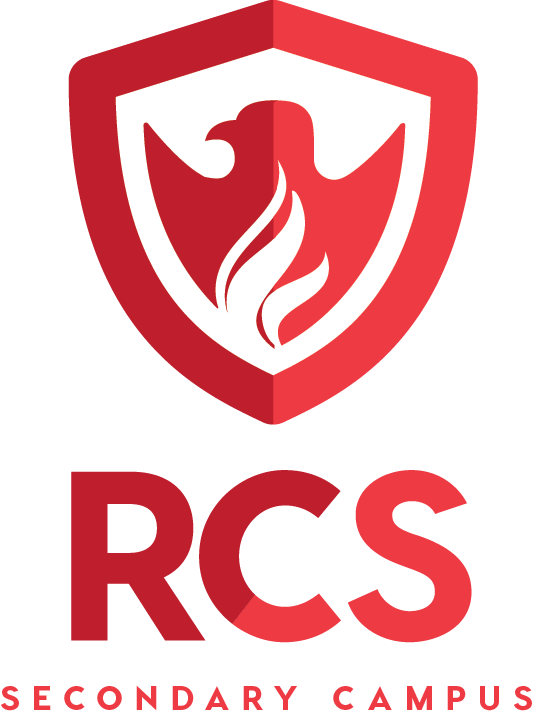
About the Graduation Numeracy Assessment
The Graduation Numeracy Assessment (GNA) is based on mathematical concepts learned across multiple subjects from kindergarten to Grade 10, with an emphasis on K–9. It requires students to solve problems by using the five numeracy processes (different ways of thinking and working): interpret, apply, solve, analyze and communicate.
The assessment is delivered online and has three essential components:
1. Common component: 24 computer-scored questions, completed online by all students.
2. Student-choice component: Two written-response questions completed on paper. These are deeper questions that require students to present their solutions in context, and provide detailed explanations to justify their thinking. These questions are based on the information and work the student will have completed earlier in the common component. Students pick 2 of 4 possible questions and take their analysis deeper.
3. Self-reflection component: These questions, completed online, ask the student to reflect on their experience with the assessment. These questions do not form part of the student’s overall score. They are analyzed by the Ministry of Education to inform future assessments.
Giving out Bonuses, Sample Situation and Questions
Questions in the Graduation Numeracy Assessment are based on situations – or brief vignettes. The documents and videos below are based on a situation called Giving out Bonuses, in which the student has to imagine they are a store manager who must decide how to distribute bonuses to employees.
Online Sample Assessment
